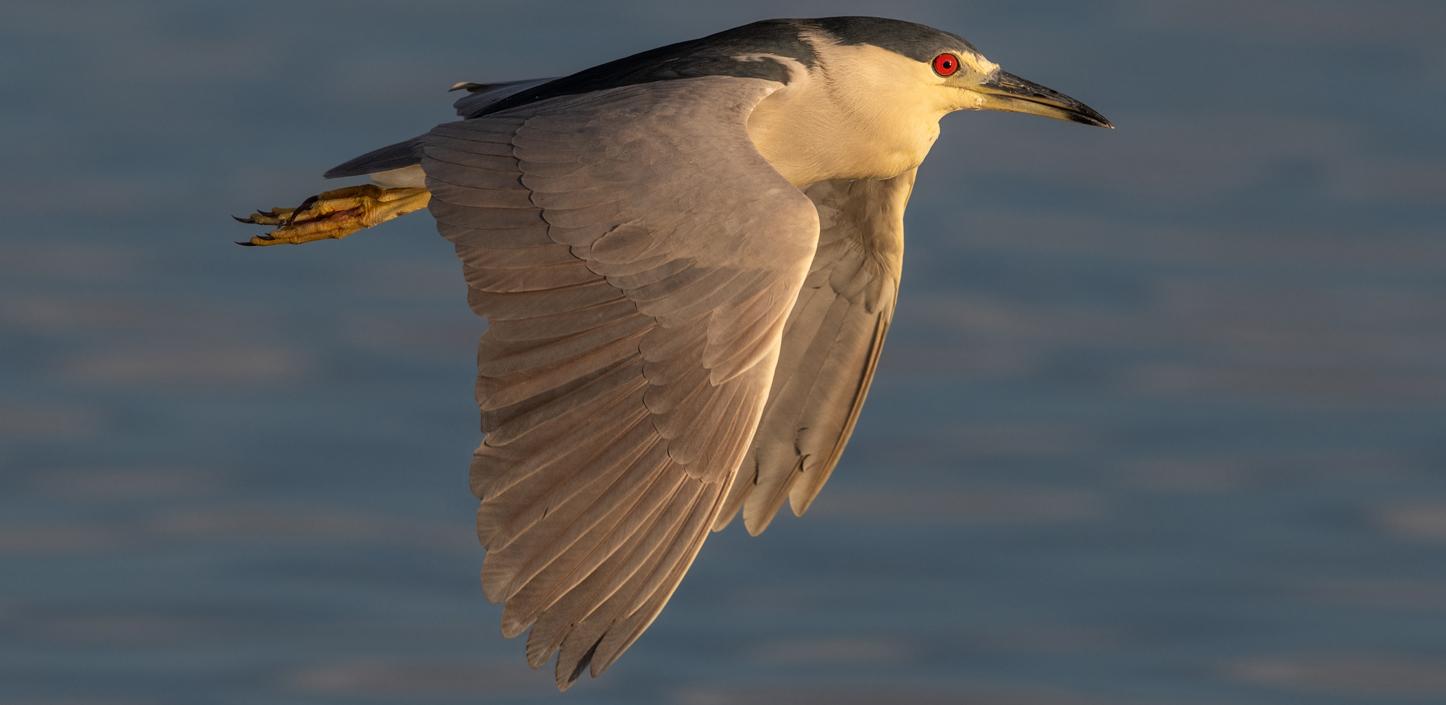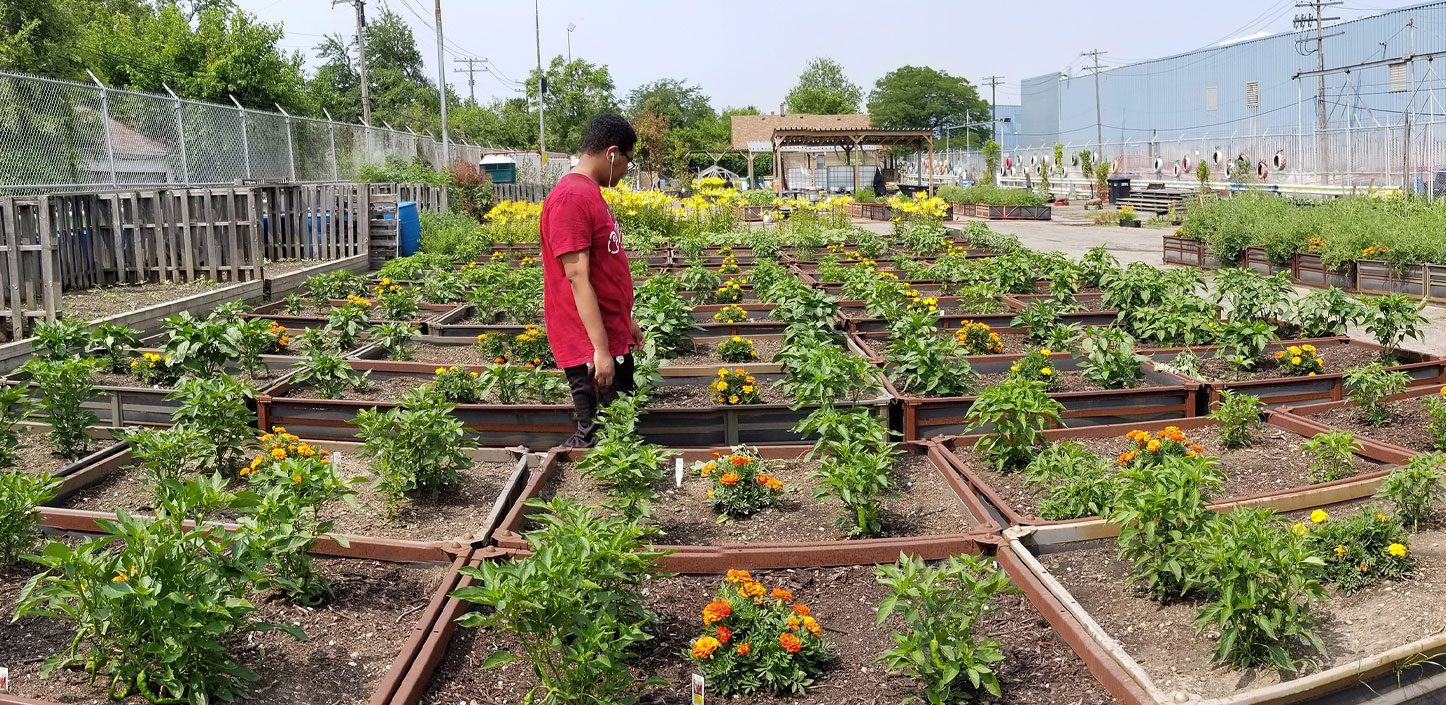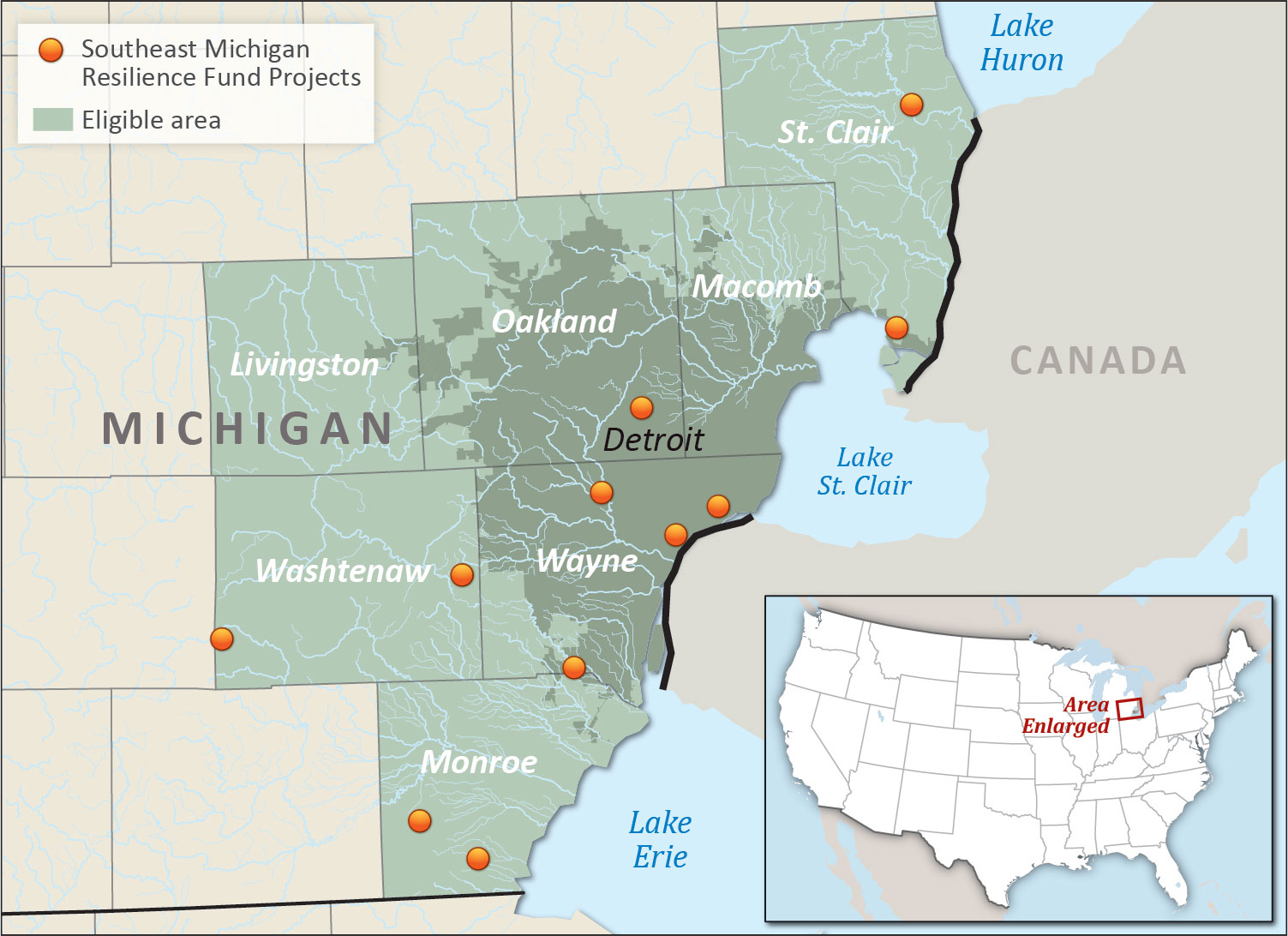
Investing in people, water and wildlife
Too much or too little can be deadly. It can build up landscapes or carry them away. It can transport life-giving resources just as easily as pollution and invasive species. Sometimes good, sometimes bad, but always essential – water rules the lives of people and wildlife.
Throughout human history, a community’s prosperity has depended in large part on its ability to adapt to and manage the quantity and quality of water flowing through it. This age-old challenge continues today across the United States, made more daunting by urban development, increasing demand for fresh water and changing environmental conditions.
NFWF supports new and innovative efforts to address this urgent need by empowering businesses and residents to work together to reduce urban runoff and mitigate the risk of floods in ways that bolster wildlife populations and increase public access to natural areas and parks.
A particularly effective example of such public-private partnerships can be found in southeast Michigan, where an enthusiastic team of conservation nonprofits, businesses and community leaders is working to improve degraded natural habitats and deploy the latest innovations in nature-based solutions to filter urban runoff and handle heavy flows during intense storms.

There, in a landscape that alternates between farm fields, suburbs and big cities, workers are building retention ponds, rain gardens and bioswales that capture stormwater runoff and allow excess nutrients to be used by native vegetation. They are removing impervious surfaces that would otherwise send polluted runoff rushing into overloaded storm drains and, eventually, the Great Lakes. They are installing green roofs that collect rainwater and advance techniques for ecologically sustainable development.
The Southeast Michigan Resilience Fund, a collaboration between NFWF and a number of corporate, foundation and federal partners, awarded approximately $1.5 million in grants in 2019 that will leverage $2.5 million in matching contributions to generate a total conservation impact of $4 million.

“Some of the most effective places to do this type of conservation work are also the same places people go to get outside, connect with nature and hopefully learn about the importance of conservation,” said Sarah Clark, director of land and water at Southwest Detroit Environmental Vision. NFWF awarded Clark’s group a $300,000 grant to plant 200 trees, build green roofs and rain gardens, and remove nearly 3 acres of impervious surfaces.
“Through this work, we expect to engage about 3,000 community members, a critical step in boosting community-based stewardship of natural resources.”
In all, these investments will add more than 2.4 million gallons of stormwater storage in the region, providing relief to an area suffering from increasingly intense flooding.
“What we are seeing here in southeastern Michigan could serve as a model for conservation for other areas of the country,” said Dr. Neil Hawkins, president of the Fred A. and Barbara M. Erb Family Foundation, one of the program’s funding partners. “It’s the ultimate win-win scenario. We’re giving flood waters a place to go, we’re filtering pollutants from urban runoff, and we’re enhancing critical pockets of habitat for songbirds, pollinators and other types of wildlife.”
This story originally appeared in NFWF's 2019 Annual Report.